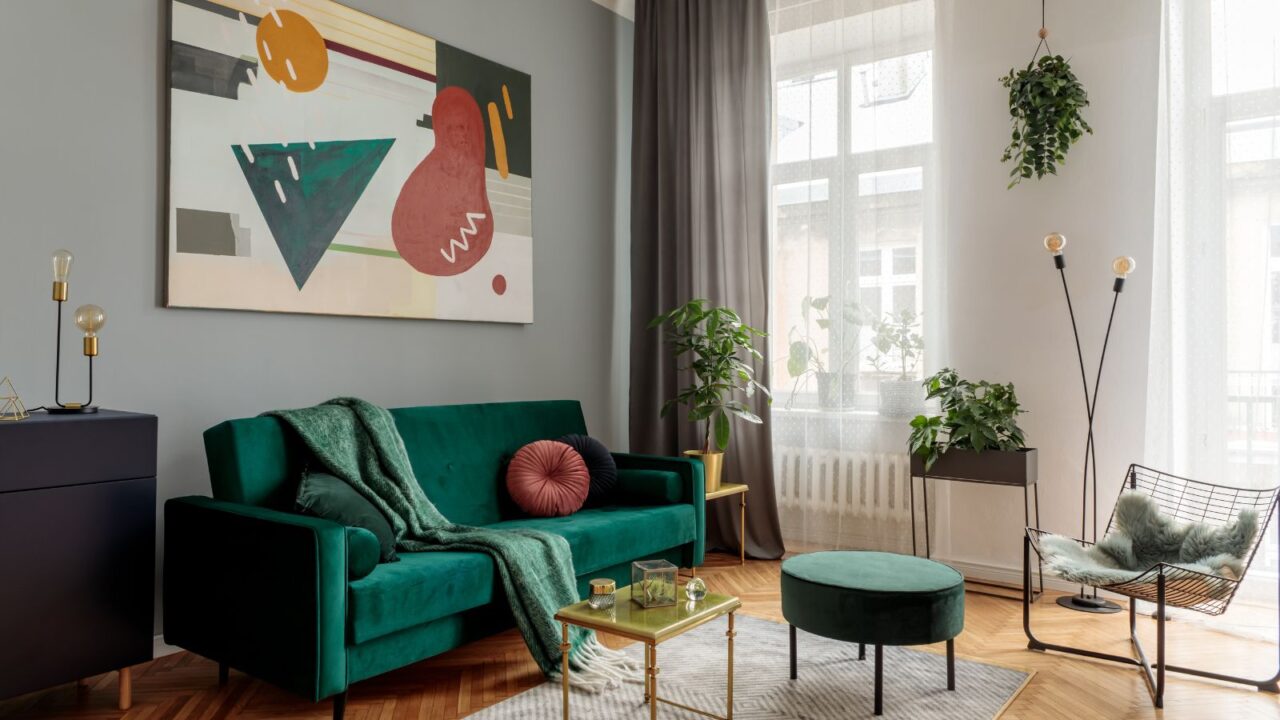
Anxiety and Layouts
Ever felt your heart race when a cluttered room stares back at you? You’re not alone. Poor layouts spike anxiety, but tiny tweaks can turn chaos into calm.
Today, we’ll tackle some layout mistakes (from furniture jungles to color chaos) with fixes so simple, you’ll wonder why you didn’t try them sooner. Ready to breathe easy? Let’s dive in.
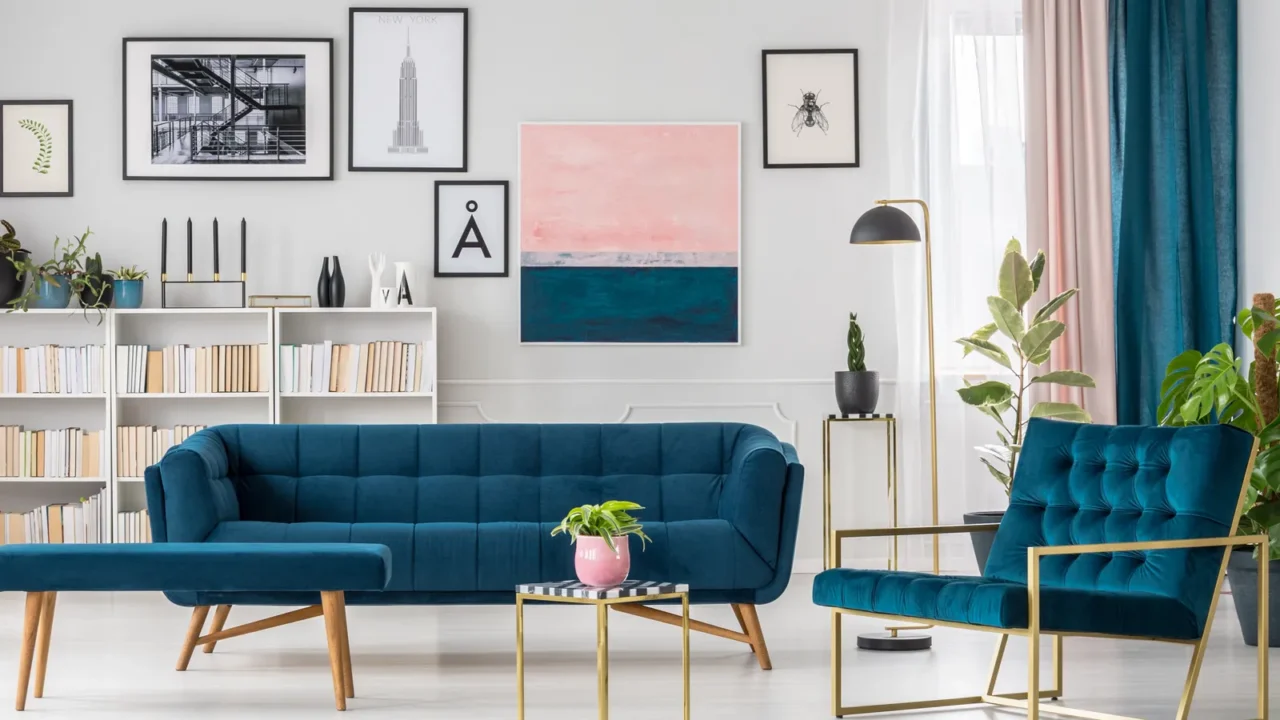
Furniture Traffic Jams
A cramped room feels like rush hour for your psyche. Solution: Give every piece a “breathing room” buffer. Keep 36 inches between large furniture (sofas, beds) and walls.
Arrange seating in triangles for convos, not grids. Test the flow by walking the space and if you sidestep, it’s too tight. Open pathways equals open mind.
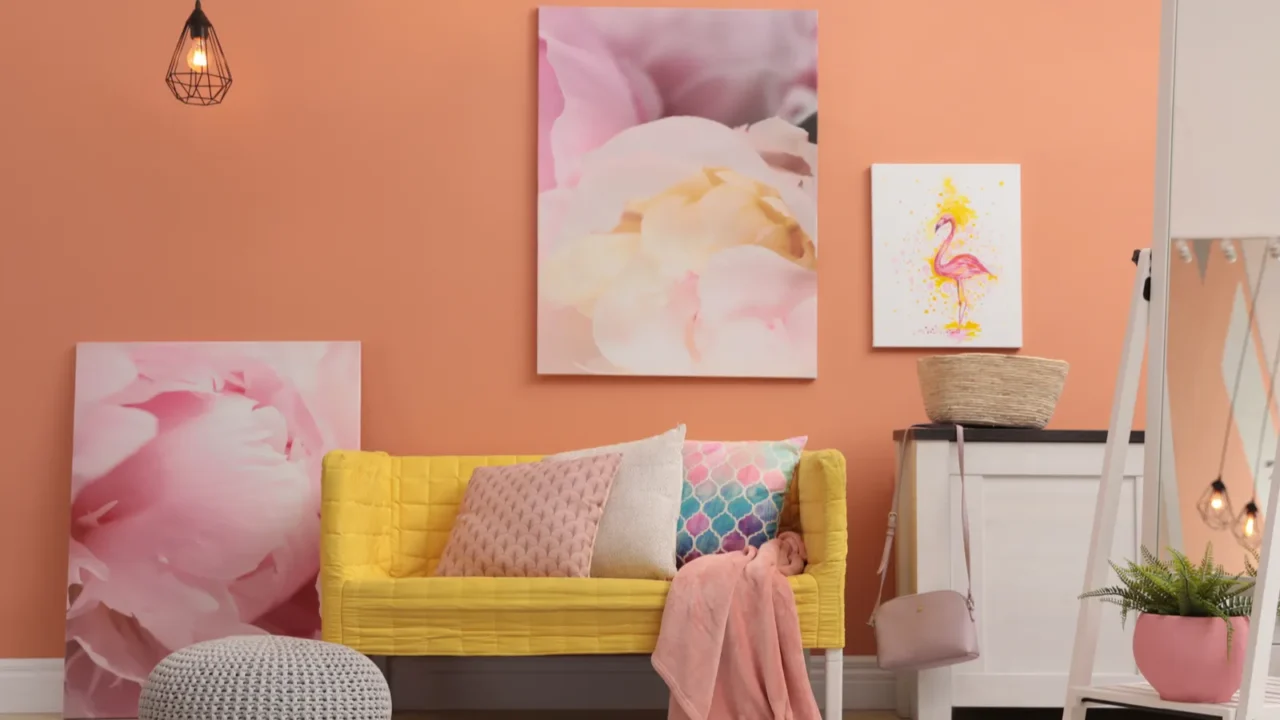
Overcrowded Walls
Art shouldn’t look like a flea market. Use the “gallery wall formula” of odd numbers (3/5/7 pieces) with 2-inch spacing. Align tops or centers for harmony.
Leave 30% of the wall bare to avoid overwhelm. Stick to one theme (e.g. landscapes or abstracts). Pro move: Lay it out on the floor first to avoid nail-hole regrets.
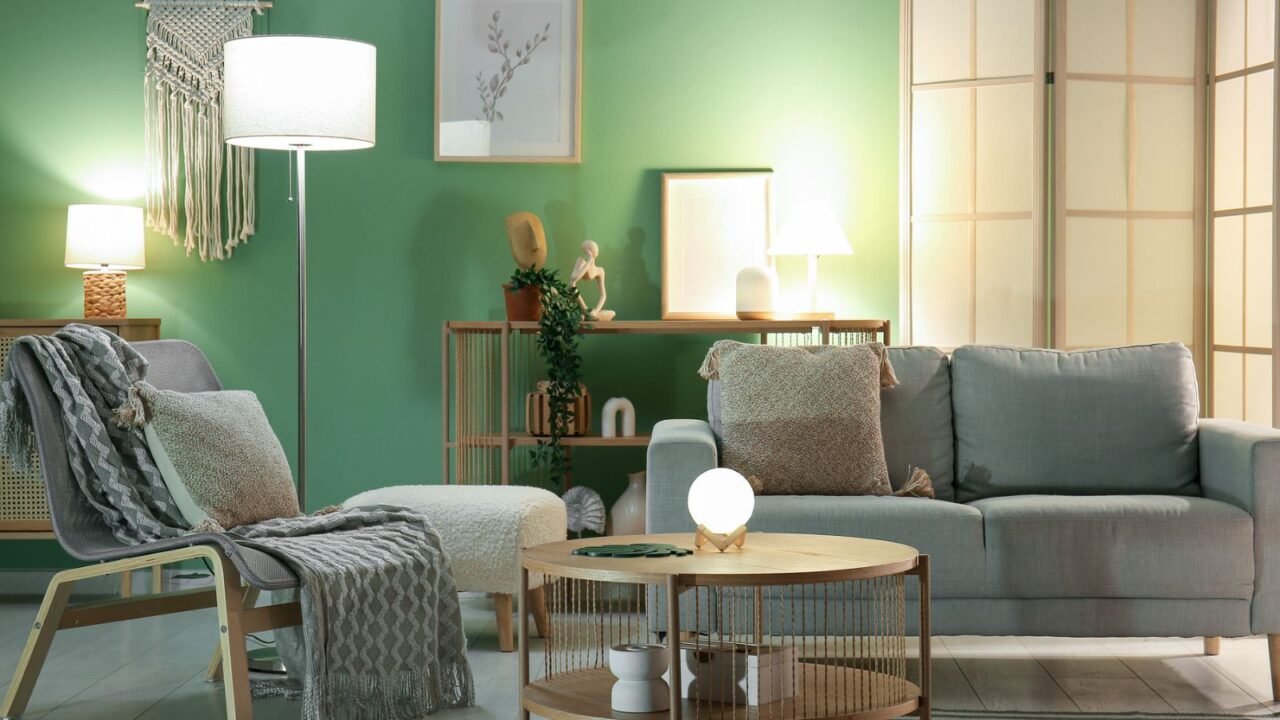
Lighting Whiplash
Harsh lighting triggers tension headaches. Fix: Ditch the “big light.” Layer ambient (overhead), task (desk lamps), and accent (string lights) lighting. Use warm bulbs (2700K) for coziness.
Place lamps at varying heights (eye level, hip level) to create depth. Dimmer switches are non-negotiable for mood control. Light like a spa, not a supermarket.
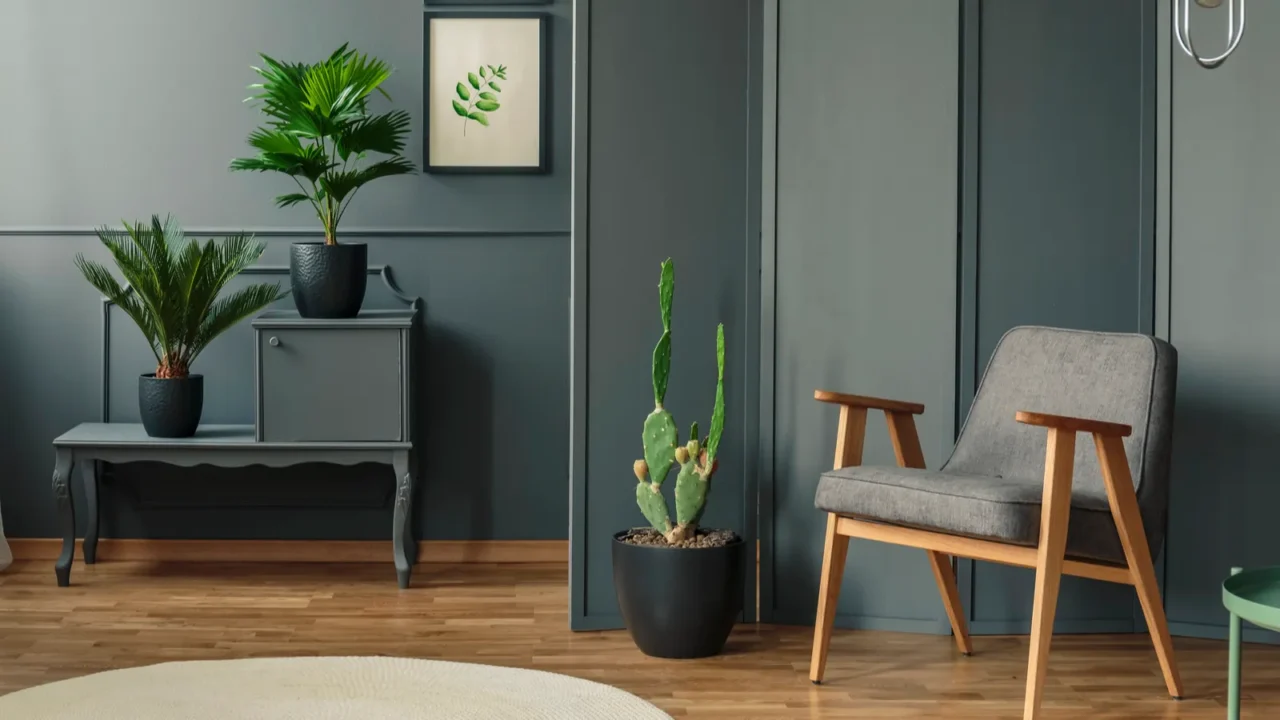
The Blank Space Fear
Empty corners don’t need to be “filled,” they’re visual pauses. Instead of cramming in another shelf, try a single statement piece: a tall plant, a sculptural chair, or a bold floor lamp.
Negative space lets your eyes rest and makes the room feel intentional. Not every inch needs decor; sometimes, air is the best design element.
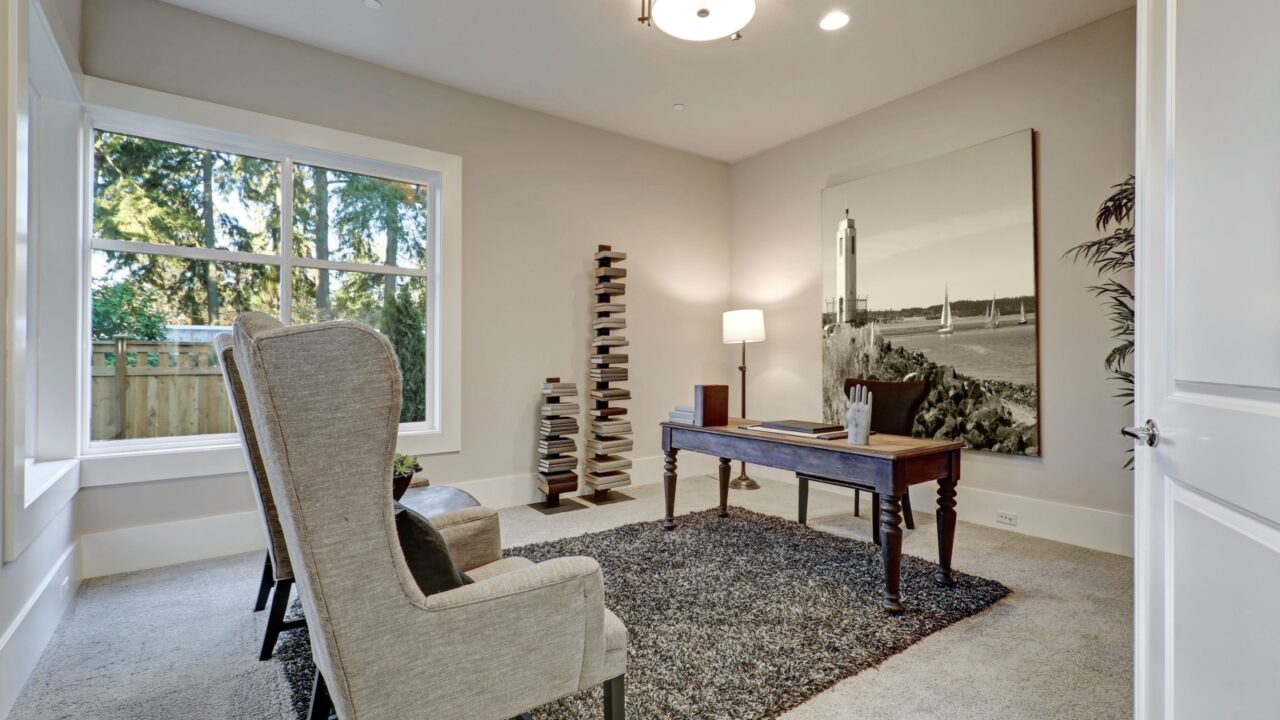
Rug Too Small
A tiny rug floats like an island, making furniture feel adrift. Go big: Your rug should fit under all key pieces (sofa legs, coffee table) or at least the front legs.
For dining areas, ensure chairs stay on the rug when pulled out. A proper-sized rug anchors the room and ties everything together, no more “shrunken” vibe.
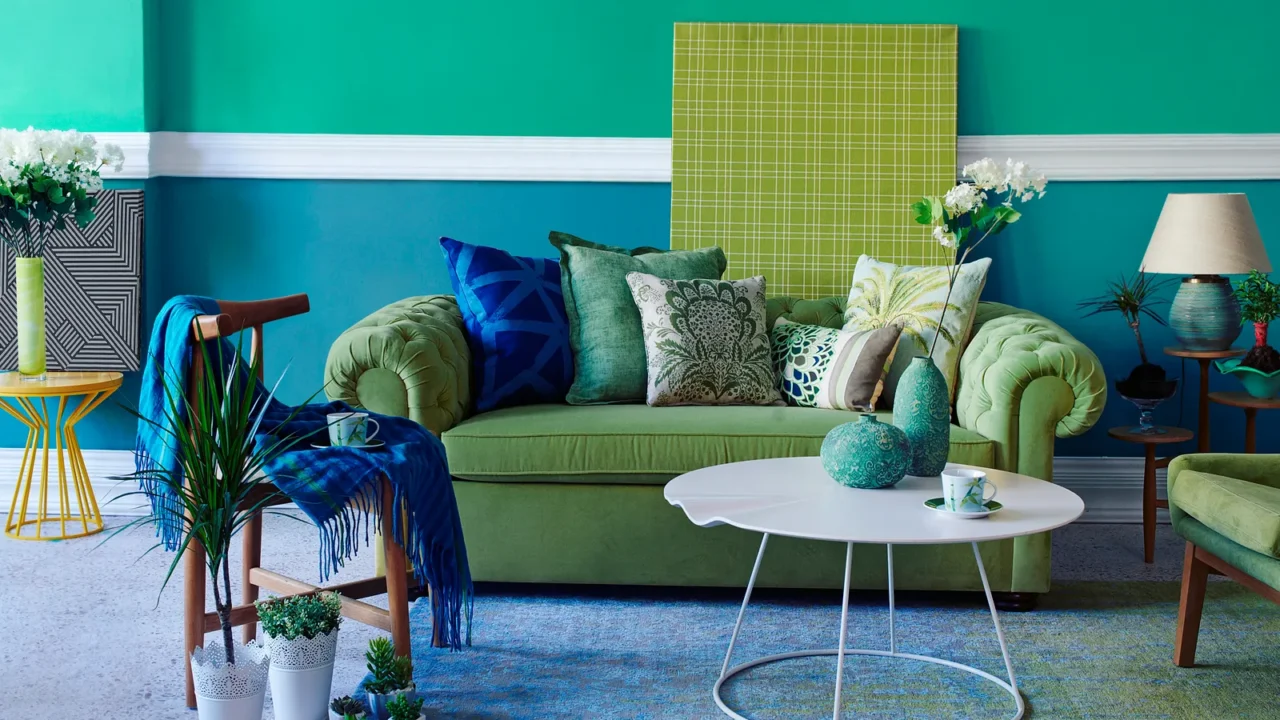
Color Overload
Rainbow palettes look fun on Pinterest but feel chaotic in real life. Stick to a 3-color max rule: one dominant (60%), one secondary (30%), and an accent (10%). Neutrals count too.
If you love bright hues, use them in small doses (pillows, art). Too many colors compete for attention, editing creates harmony.
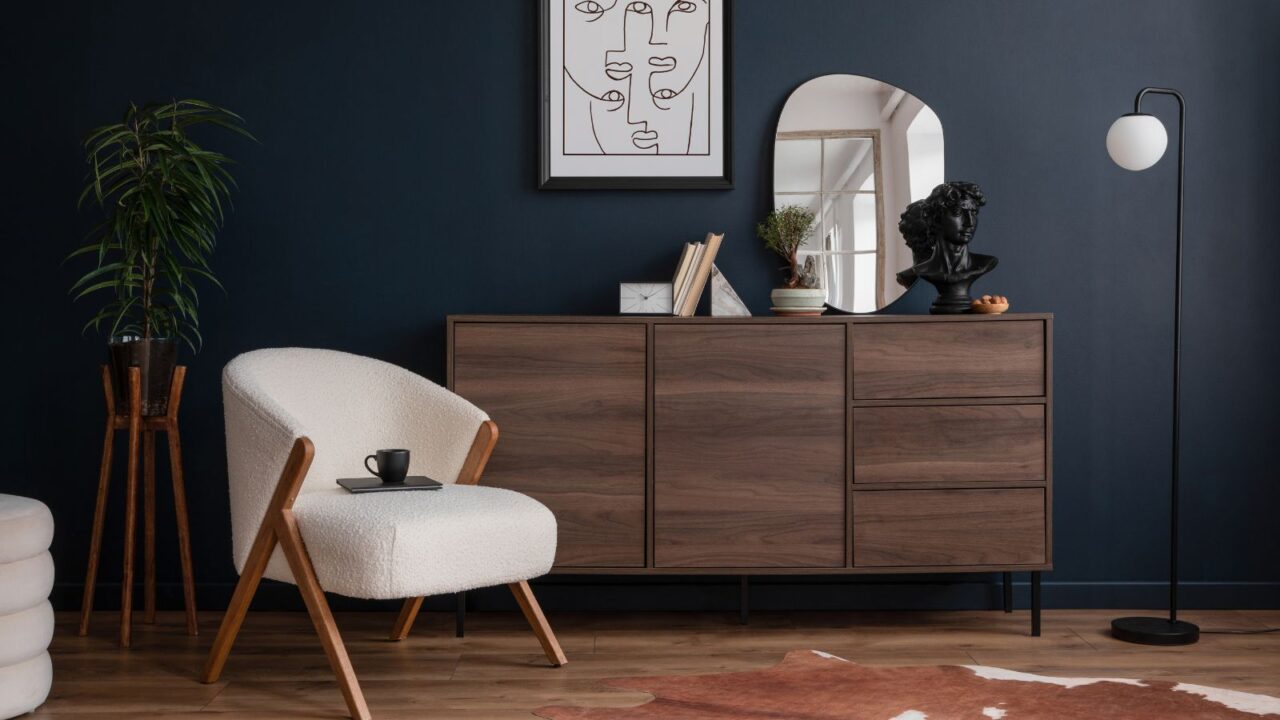
Misplaced Mirrors
A mirror opposite a cluttered wall just doubles the mess. Hang them strategically: across from windows to bounce light, in narrow halls to widen space, or above consoles for depth.
Avoid facing beds (sleep disruption) or dining tables (distracting reflections). A well-placed mirror feels like a magic trick for your mood.
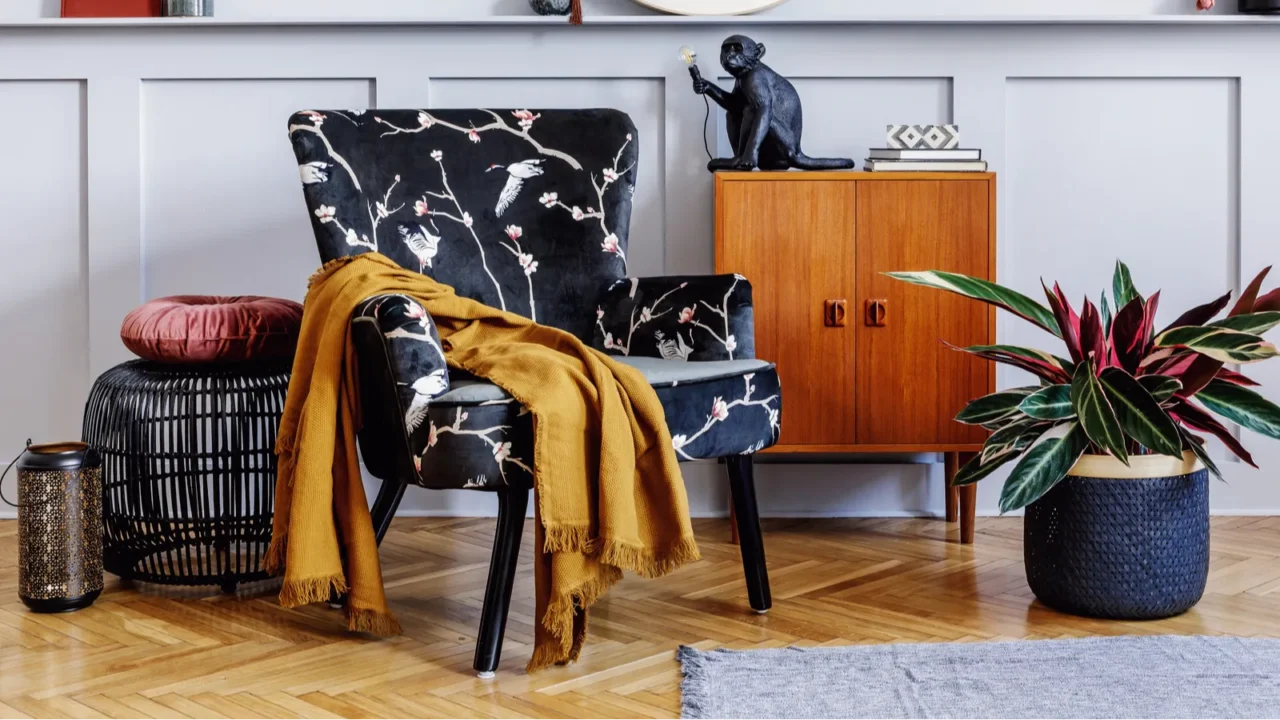
The Chair Graveyard
That random chair collecting laundry? It’s stealing peace. Every seat should have a purpose like reading, working, socializing or it’s clutter.
Repurpose extras as nightstands (add a tray) or donate them. If you can’t name its use in 3 seconds, it’s time to let go. Fewer chairs equals fewer decisions and less stress.
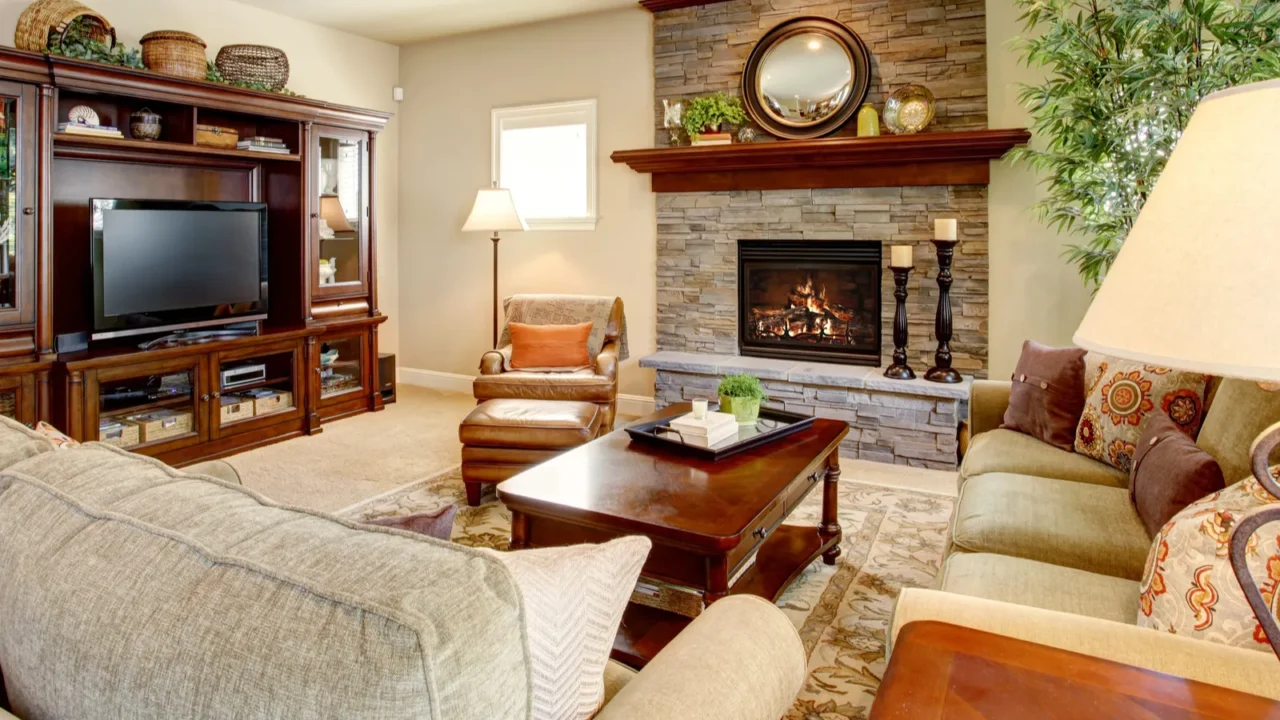
“Everything’s a Focal Point” Trap
A room where every piece shouts for attention is exhausting. Pick one hero item (a bold sofa, statement art, or a fireplace) and let everything else play backup.
Tone down competing elements with muted colors or simpler shapes. Your eyes need a landing spot, designate it clearly to reduce any visual stress.

The Too-Many-Textures Trend
Layering textures is great, but too many (jute, velvet, metal, wood, fur) feels like a sensory whiplash. Limit to three primary textures per room: e.g., smooth (leather), rough (woven basket), and soft (knit throw).
Repeat one texture elsewhere to tie the space together (e.g., leather chairs plus leather-bound books). Balanced textures feel soothing, not jarring.
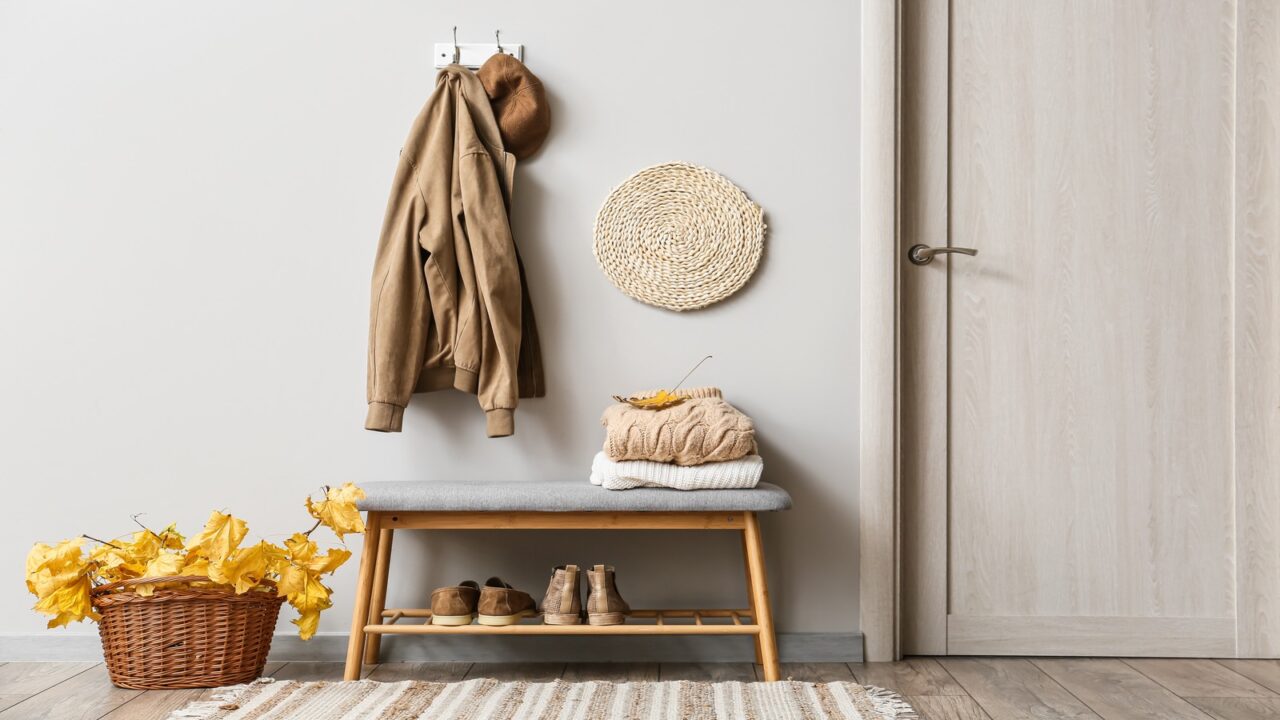
The Doorway Dilemma Fix
Blocked or cramped entryways create immediate stress upon entering. Ensure at least 36 inches of clearance around all doors, this is your decompression zone.
Place a small entry table or shelf to catch keys/mail, but keep it under 12 inches deep. Use wall hooks instead of floor coat racks. A mirror strategically placed opposite the door visually doubles the space, creating an instant calming effect when you first walk in.
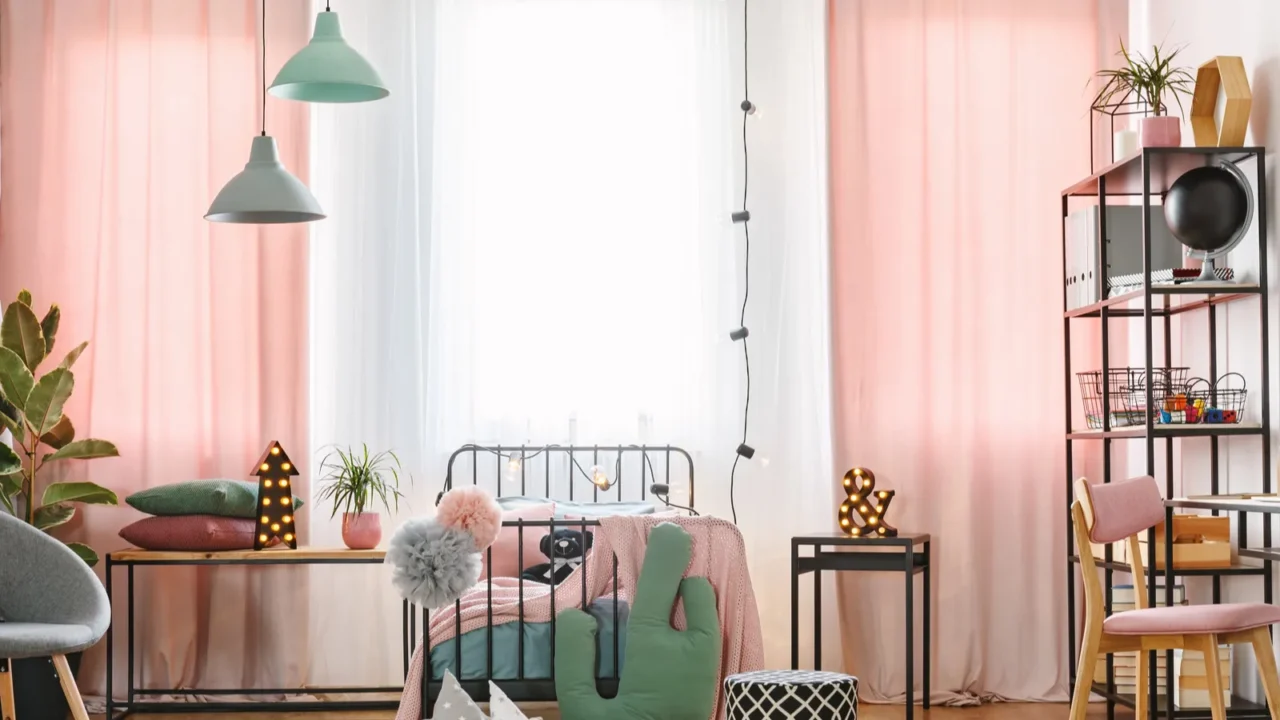
Window Treatment Wisdom
Poorly dressed windows disrupt room balance. Hang curtains at least 6 inches above and 12 inches wider than the window frame to create the illusion of grandeur. For small rooms, use floor-to-ceiling panels in light, flowing fabrics.
Avoid heavy drapes in dark colors as they absorb light and make spaces feel oppressive. Sheer layers diffuse light beautifully while maintaining privacy without the closed-in feeling.
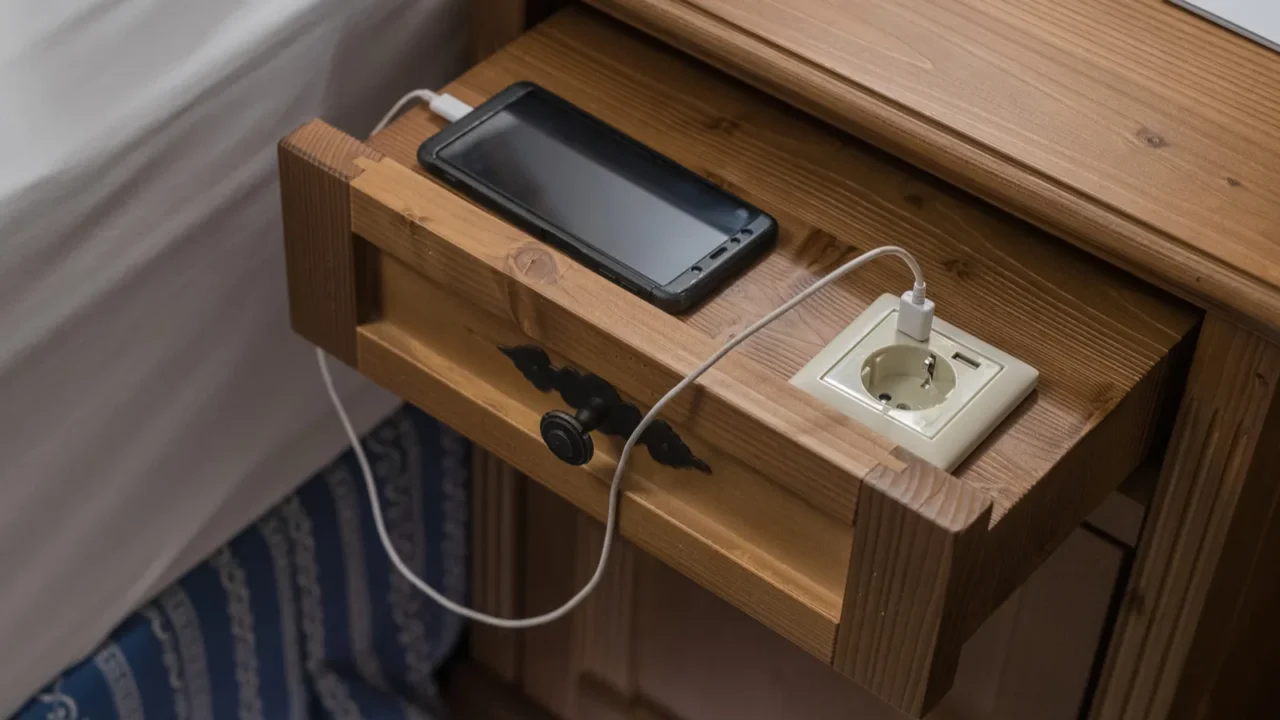
The Electronics Eyesore
Visible cords and tech clutter spike anxiety exponentially. Implement the “one-touch hide” rule: use cable organizers, decorative boxes, or furniture with built-in charging to conceal all electronics.
Mount TVs on walls with hidden conduits for wires. Designate one central charging station instead of multiple outlets in use. What you can’t hide, camouflage by painting cord covers to match the walls, making them disappear beautifully.
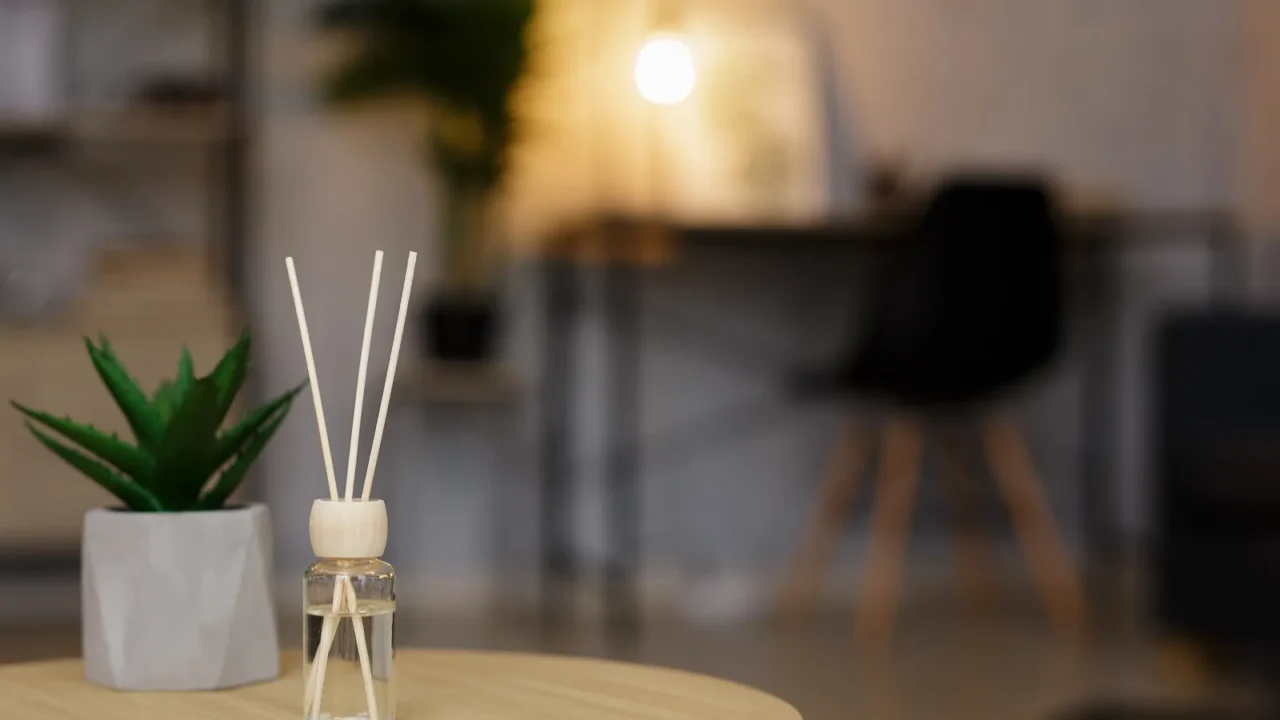
The Scent-Space Connection
We overlook how strongly scent affects spatial perception. Use subtle, consistent room scents (like linen or green tea) to create continuity. Place diffusers or sachets in closets and drawers.
Avoid overpowering fragrances, they make spaces feel smaller and more oppressive. Stale air makes any room feel claustrophobic regardless of layout and open windows daily, even briefly, to reset the atmosphere.
Curious about more ways scent can transform your space? Easy Hacks to Make Any Room Smell Amazing dives into simple tweaks for a fresher, more inviting home.

Clutter Catastrophe
Clutter isn’t just messy, it’s a mental tax. Each item shouts for attention, overwhelming your focus. Fix it fast: Adopt the “5-Second Rule,” and toss anything you haven’t used in 6 months (yes, even that “maybe someday” pile).
Use labeled bins for “keep/donate/toss.” For surfaces, leave only three decorative items max. Less visual noise equals instant mental quiet.
Struggling to stay on top of clutter? You might find some helpful ideas in Say Goodbye to Mess With These Decluttering Tips.
Which clutter-clearing tip gave you the most ‘aha’ moment? Share your go-to strategy in the comments.
Read More from This Brand:
Don’t forget to follow us for more exclusive content right here on MSN.